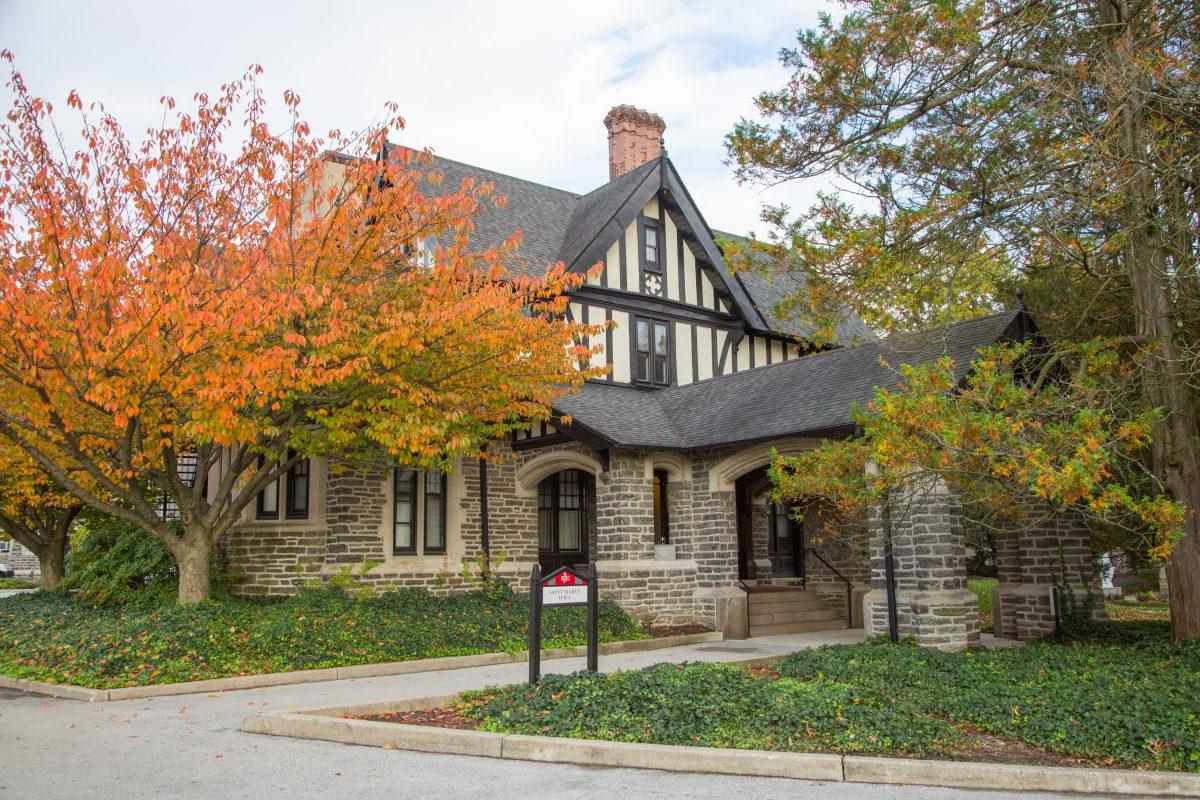The removal of Lancaster Court, Saint Mary’s Hall and Tara Hall as housing options this year is only the first step in the coming changes for St. Joe’s students who choose to live on campus.
As part of the university’s new master plan, Think Anew, Act Anew, which is set to be unveiled later this month, more of the houses on campus that are current residence options will be taken offline in the next few years.
“There has been feedback and review from consultants that those are not a good long-term solution to continue for housing options, especially as we continue to look at changing things from a big campus picture,” said Kelly Bersett, associate director for housing operations in the Office of Residence Life.
Lancaster Court closed last year after the university decided not to renew its master lease, Bersett said. Saint Mary’s Hall and Tara Hall were also taken offline, in part because other residences could absorb the number of students who lived in them.
Jordan Hall will no longer be a housing option after this school year, perhaps to make room for a new Jesuit housing community, said Jessica Moran-Buckridge, director of the Office of Residence Life.
Moran-Buckridge said student feedback suggests that students prefer apartment-style living and, specifically, access to their own kitchens.
“We hear anecdotally from students that our apartment-style locations replicate adult living a little bit more than the campus houses do,” Moran-Buckridge said.
There is still the possibility that some of the houses will undergo renovations and remain as options, Moran-Buckridge said. Air conditioning was added to Xavier Hall two years ago and the kitchen in Saint Mary’s Hall was fully renovated about five years before the house was closed at the end of the last academic year.
“When we have the ability to renovate those locations we will do that, and we seek to work with students to identify what some of their requests and needs are through some of those renovation projects,” Moran-Buckridge said.
The new master plan also includes the potential for new residence halls on campus.
“We will likely have some buildings coming online pretty quickly, in the next five years, I would say,” Moran-Buckridge said. “There will likely be some construction for residence halls as part of the master plan as one of the first things that are part of the improvements that are coming down the pike.”
With the Office of Admissions decision to cap enrollment of first-year undergraduate students at 1,150, it has been easier to make decisions about housing needs, said Karen Pellegrino, vice president of Enrollment Management. Previously, class sizes fluctuated from year to year.
“We’re always in conversation with [The Office of Residence Life] to make sure that we are not over-enrolling students,” Pellegrino said. “We’re always collaborating with all different parts of the university community to make sure the number of students is the right size for us all.”















































